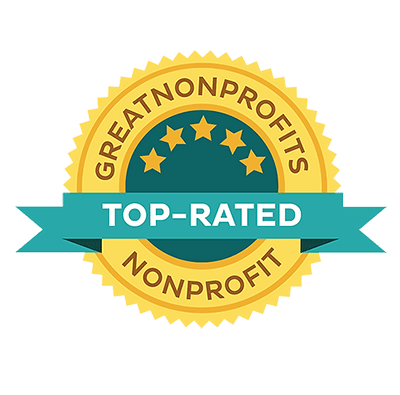Throughout the last two years, teachers across the state of Florida have been developing some amazing new educational courses. We like to call them the Guy Harvey Collections. This ground-breaking program was initiated with the Florida Department of Education to increase cross-curricular, STEAM engagement. What that means is that the Guy Harvey Collections integrate all of the STEAM components — Science, Technology, Engineering, Art and Math — so students get a well-rounded learning experience.
This project was a labor of love for all of the teachers involved because it was started just days before the COVID-19 lockdown. The education world was flipped upside down, and educators were working full tilt in uncharted waters. As the storm settled, the Guy Harvey Collections teachers focused on the task of creating a full STEAM experience for K-12 students.
What is unique about these lessons is that Dr. Harvey’s art is the anchor that holds the entire process together. An additionally thrilling aspect is that the Collections focus on the topic of sharks. One thing we know for sure, sharks get people’s attention, especially if those people are swimming. In this case, the students won’t actually be in the water with live sharks, but they’ll be using Dr. Harvey’s real-life experiences scuba diving with sharks and painting them to develop an understanding of the how and the why of STEAM. The lessons combine videos and artwork to guide students to learn through the lens of Guy Harvey’s art.
Because the Collections cover all ages of students from K-12, it provides them with the opportunity to share, understand and practice activities together as a class and even as an entire school. While kindergarten kids may be using crayon coloring books of sharks, high schoolers will be studying the global movement of various shark species using satellite telemetry. It’s a unique way to create excitement within all grade levels.
If you’re wondering why teaching kids about sharks is important, you need to only look at the quality of our waterways. Red tides, blue-green algae, coral diseases and other maladies continue to degrade water quality. Using one of the planet’s most intriguing creatures is a wonderful way to get students interested in preserving and protecting our vital marine ecosystems. That’s the mission of the GHOF, and the Collections are a way to reach those goals.
The best news is that we have already beta-tested these lessons in schools around Florida and have had tremendous success. This has also allowed us to update and alter the Collections based on the feedback of practicing educators.
Our Collections trainers began meeting in early 2022 in Jensen Beach, Florida, to create professional learning (PL) workshops for teachers so they will be able to go back to the classroom prepared to engage their students. During the PL experiences, teachers will learn by doing: fishing, boating, seine netting, working with researchers and collecting data. Since they will be located throughout Florida, educators will be able to learn about different ecosystems.

The Collections were launched on the GHOF website in February 2022, and PL workshops began that same month. The plan is to work with school districts around the state and tailor the lessons based on the location. The GHOF knows education is not one-size-fits-all.Teachers are developing professional learning full days, half days and even virtual opportunities. Plans to expand this program globally are in motion because, after all, we are one world.
As we look toward the future, we will be developing a GH Collections 2 in the summer of 2022 and will be looking for feedback from teachers throughout the state on the topics that are most needing to be addressed. As a teacher myself, I know the best way to learn the subject is to be totally immersed in it! That is why in 2022, GHOF is diving in full force to support and provide educators with environmental knowledge they can share.





